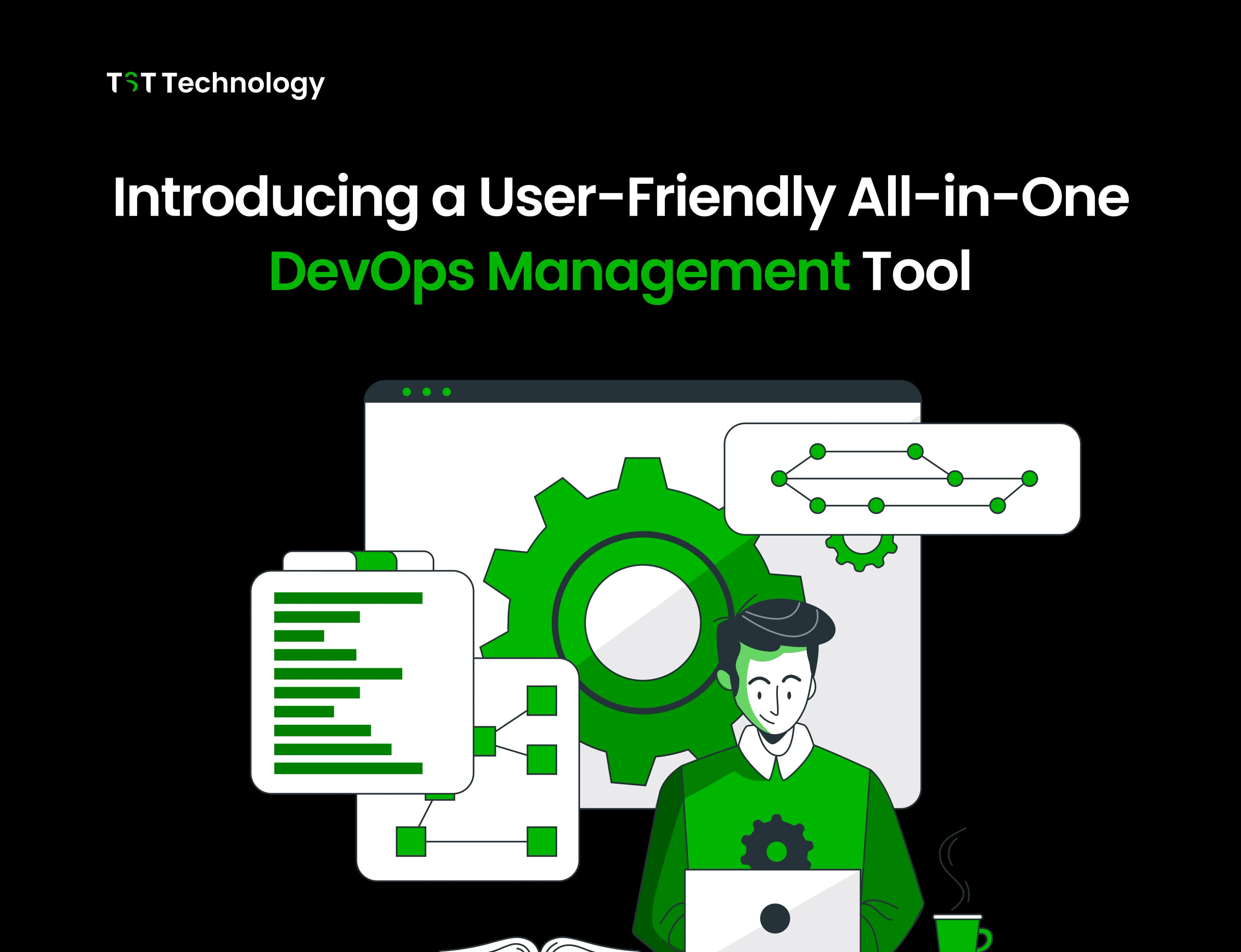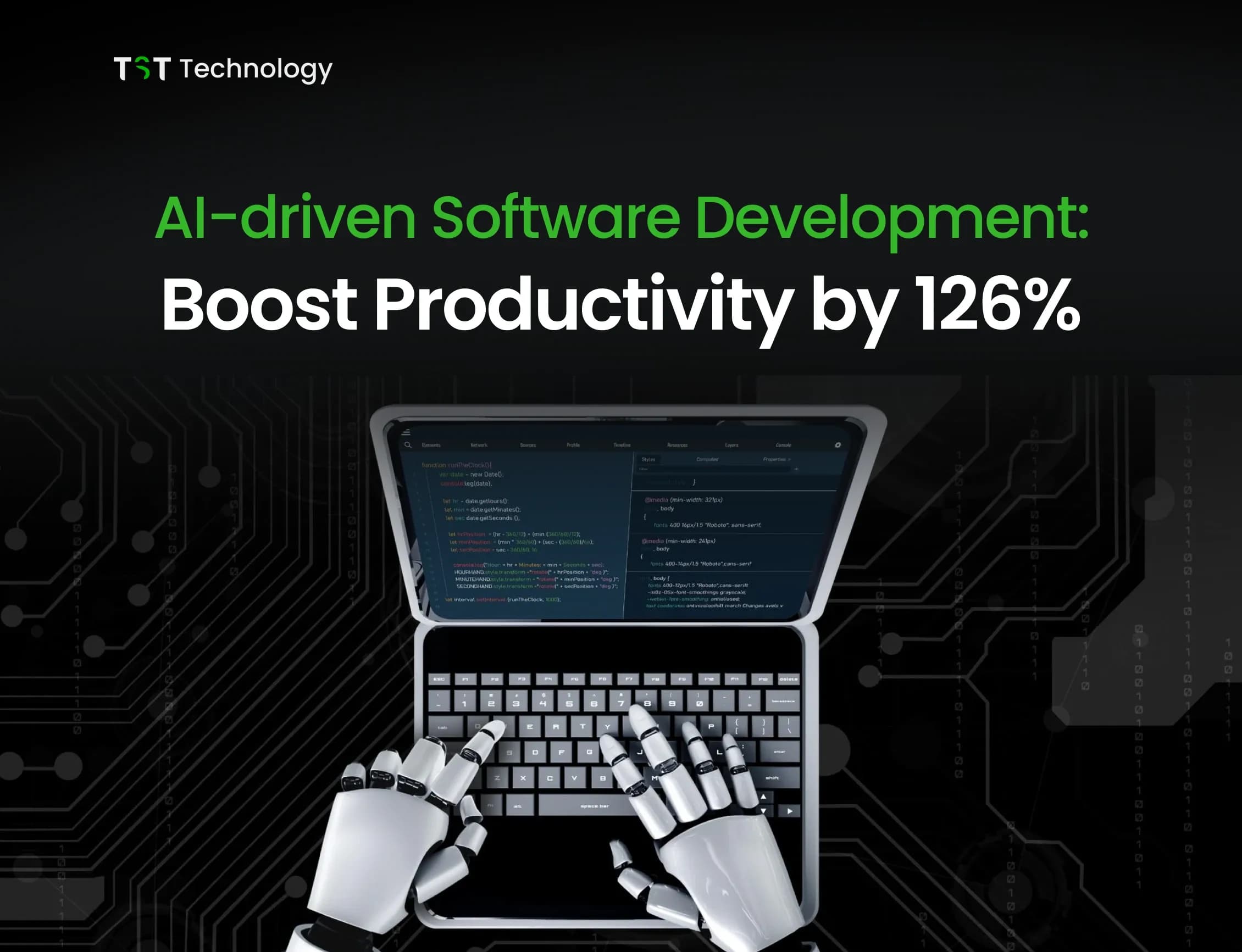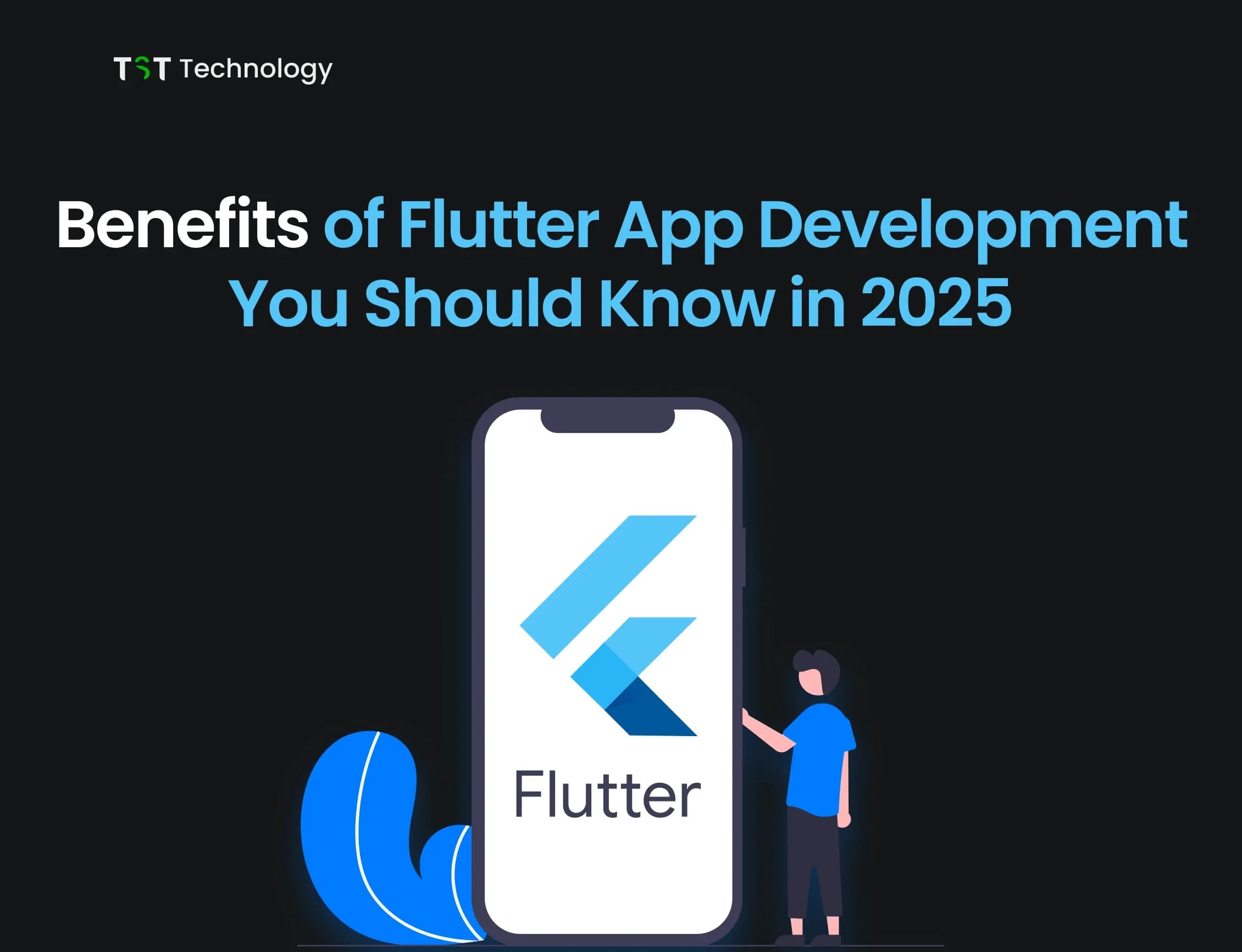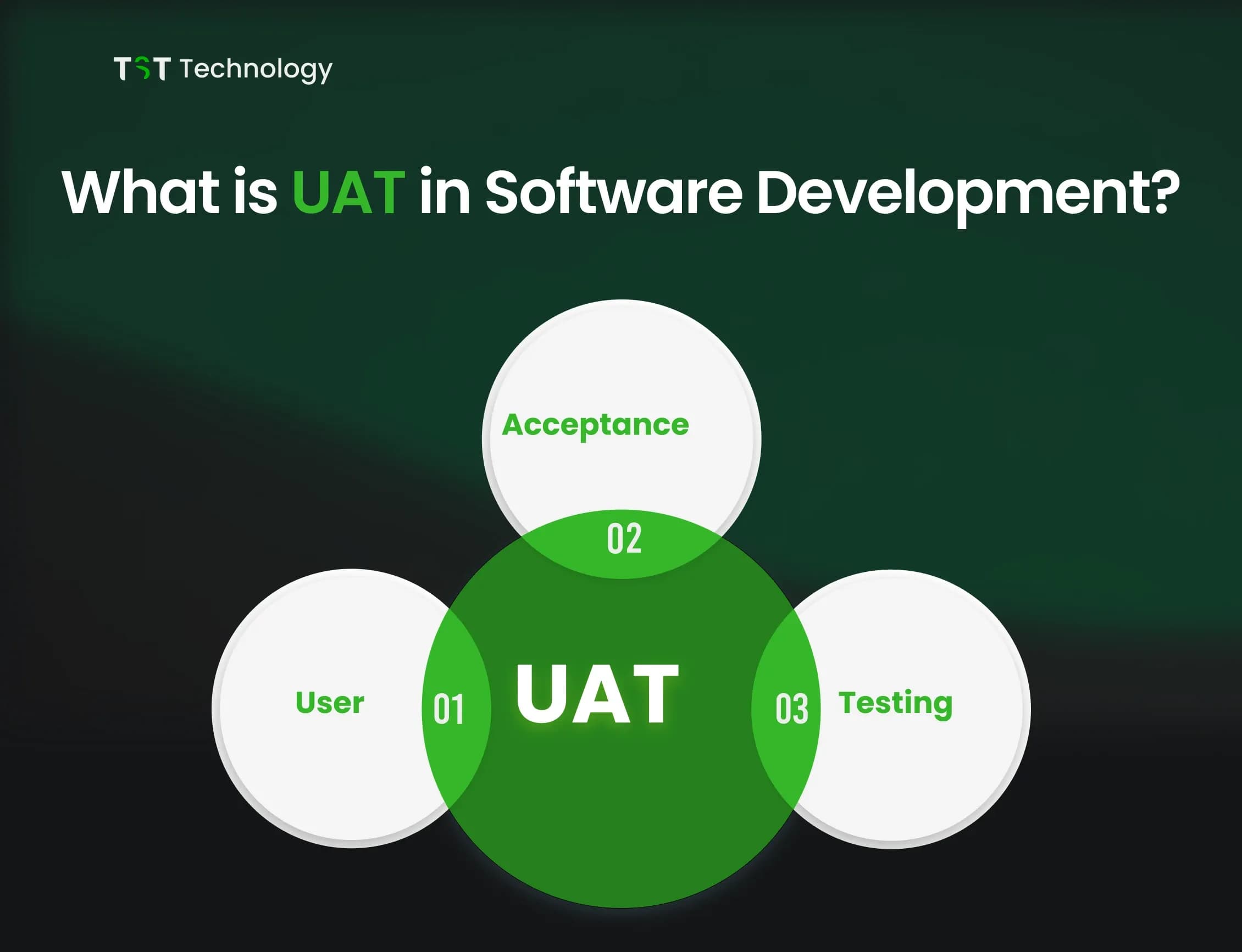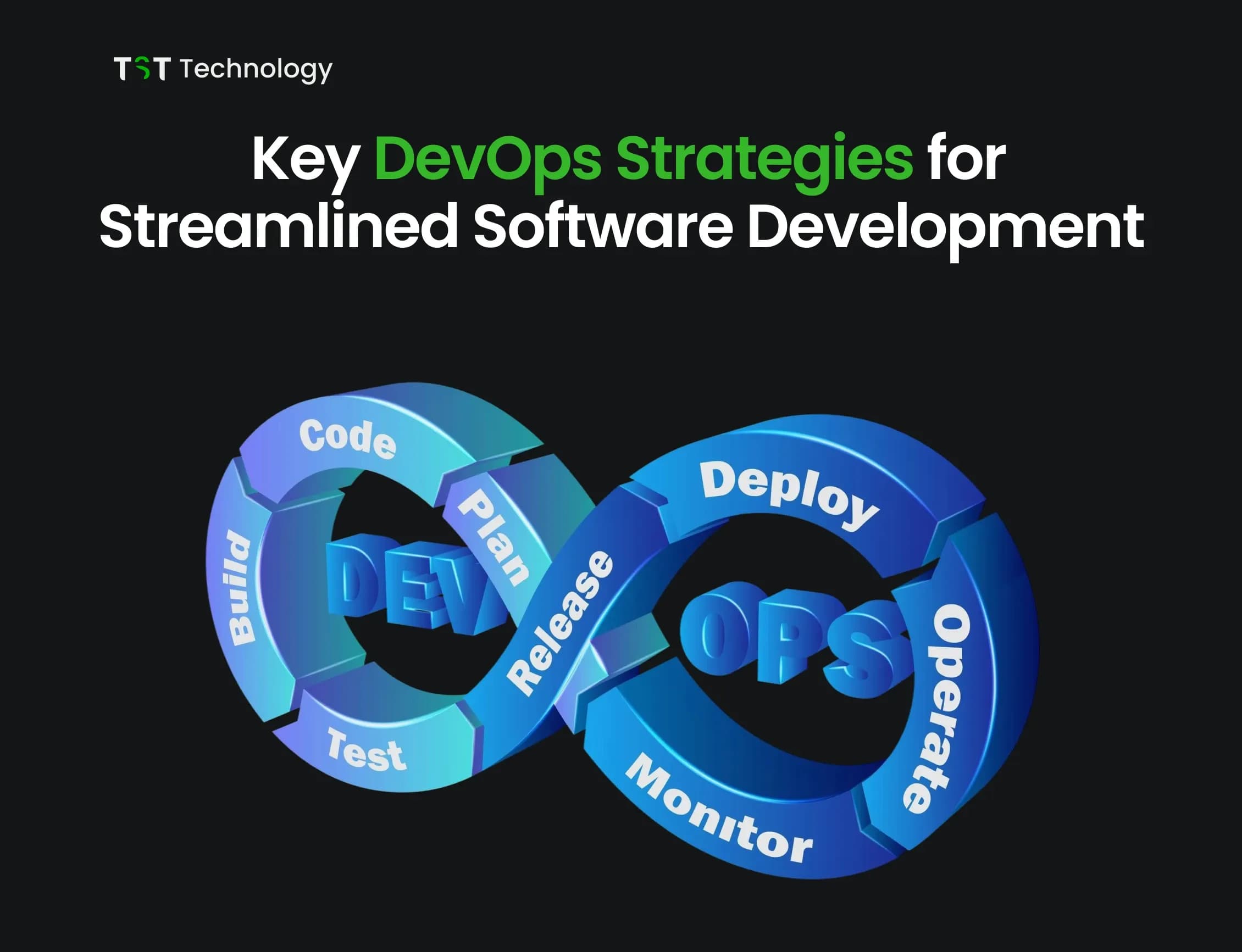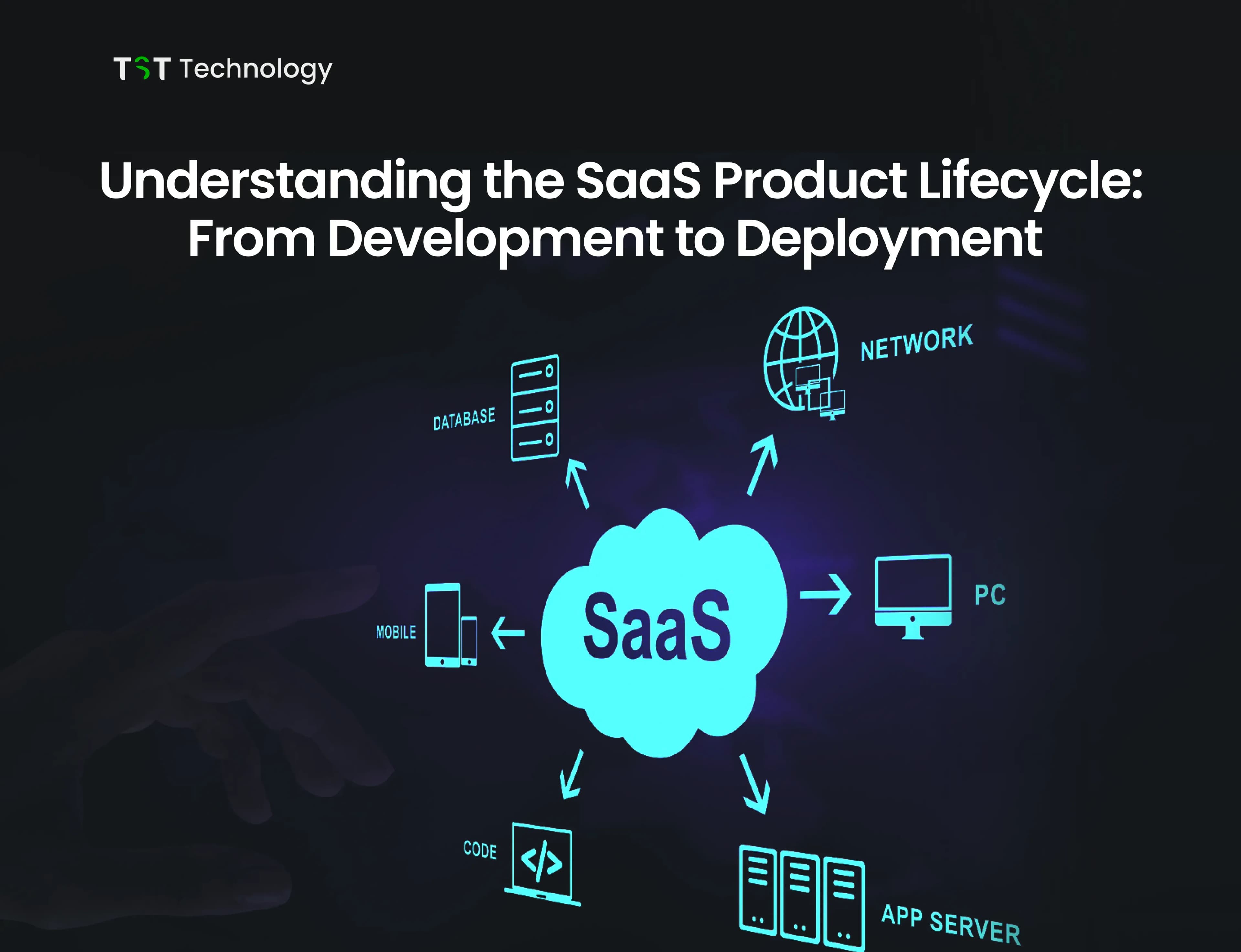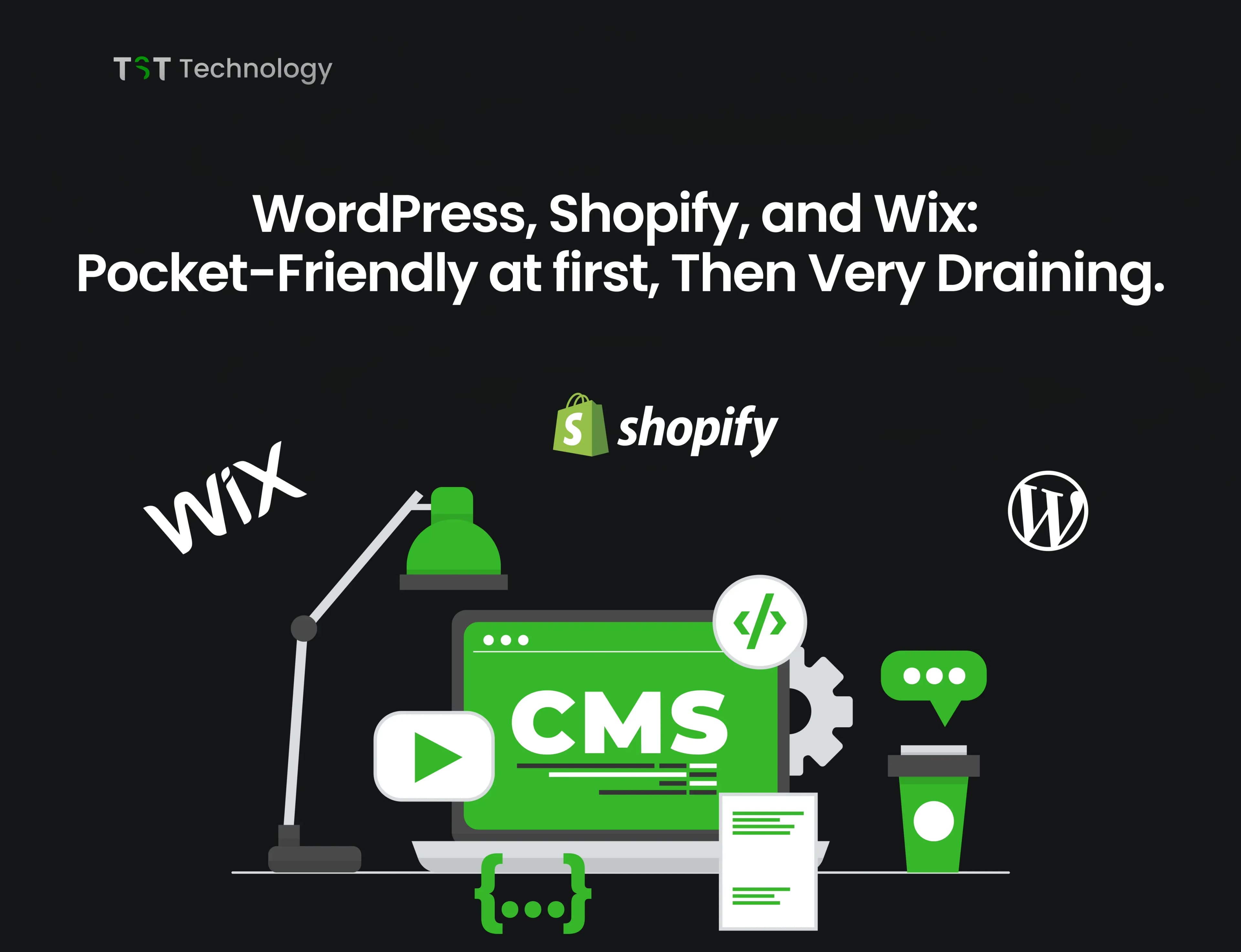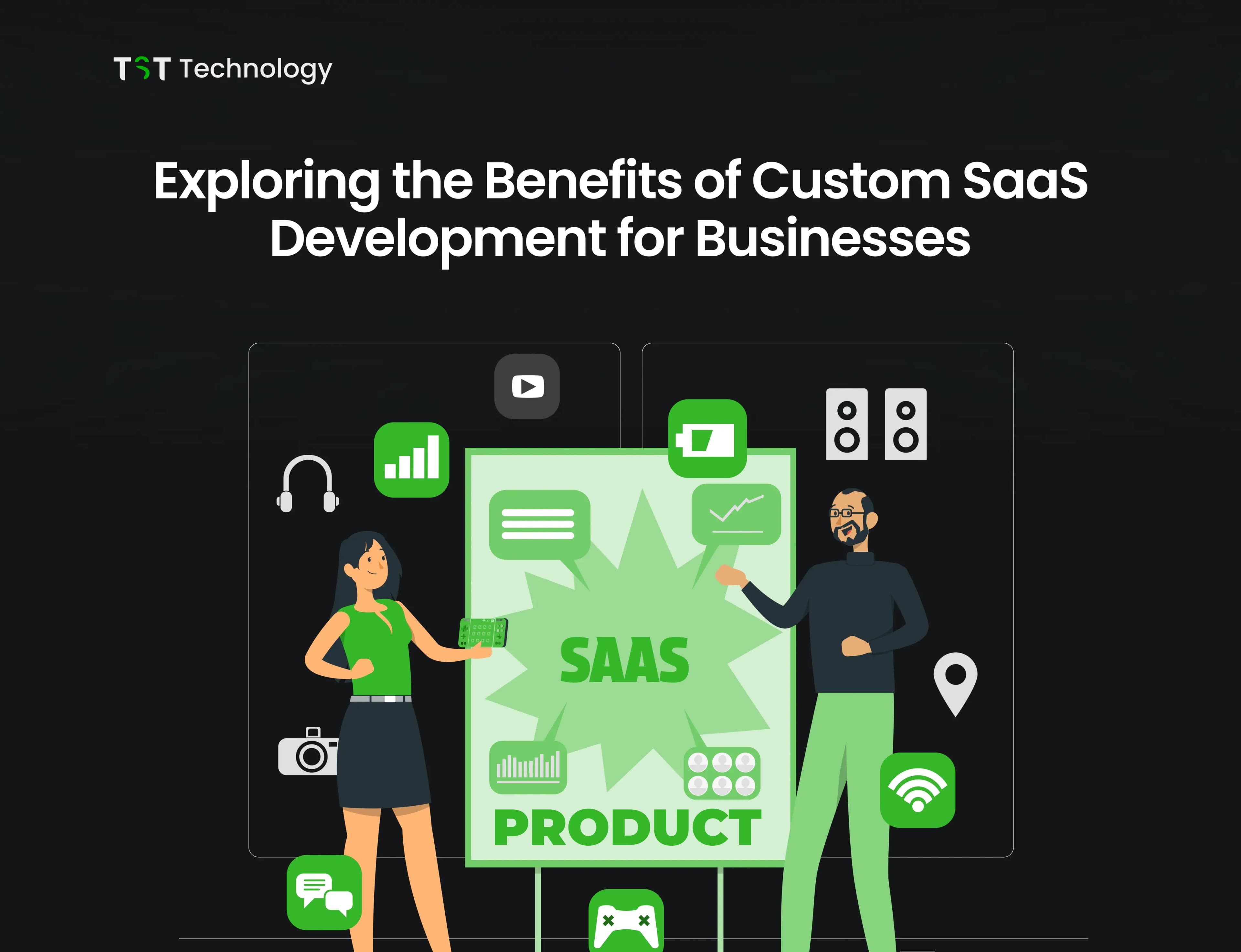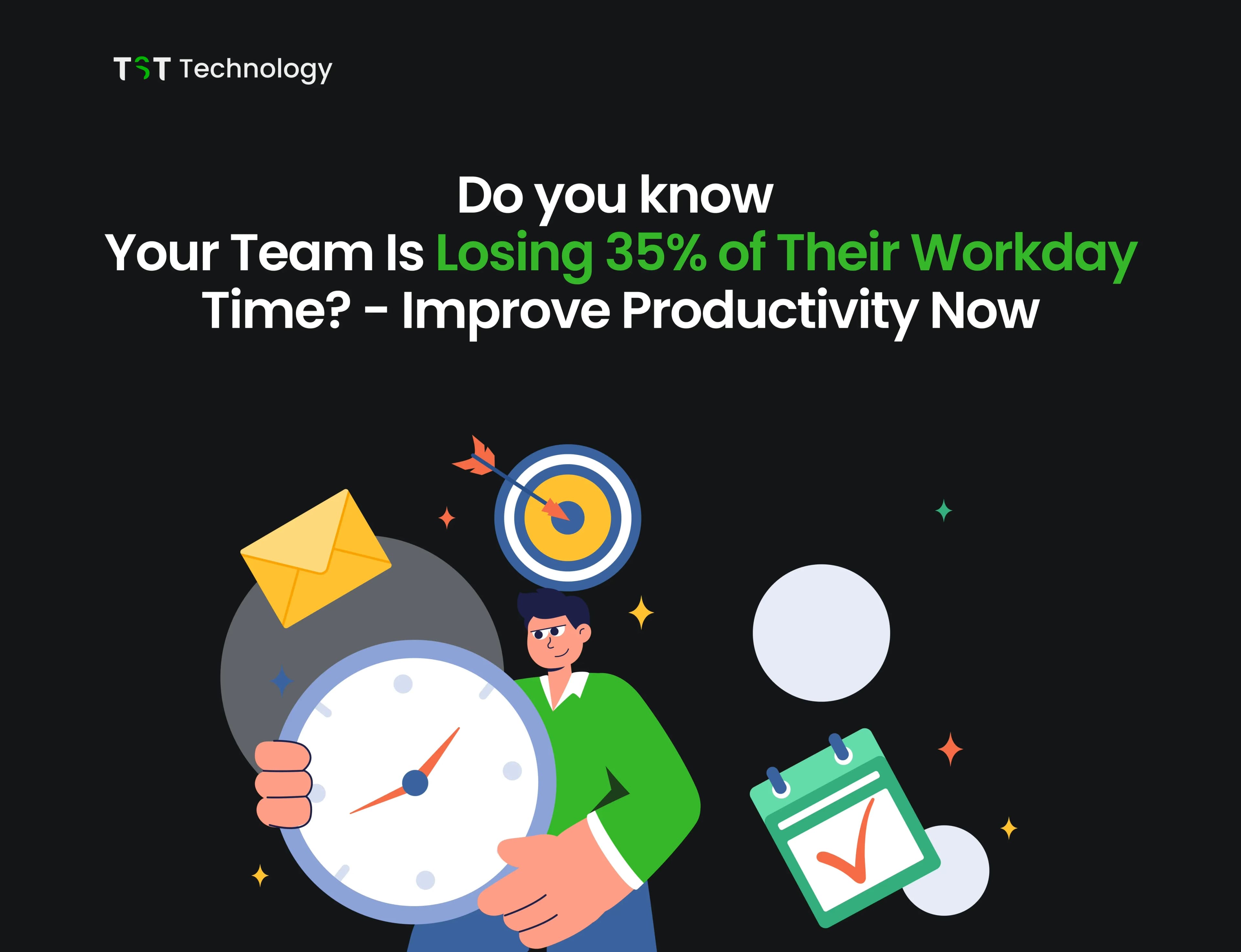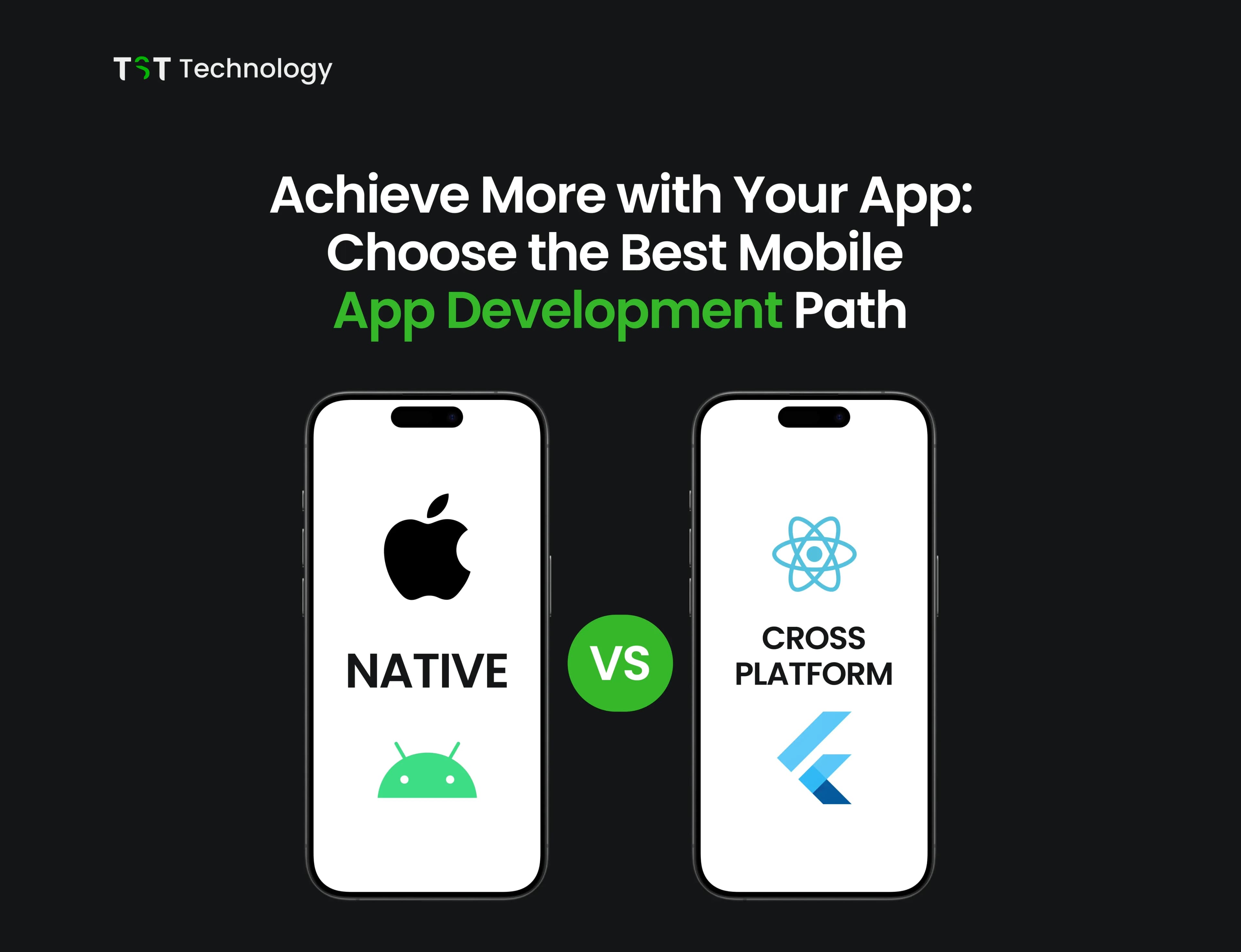Did you know 80% of apps fail in their first year, not because the idea was bad, but because building an app is tougher than it looks?
Many people think having a great idea is enough. But turning that idea into a real app needs planning, time, budget, and the right team. That’s where things usually go wrong.
Why? Because app development is complex.
From understanding user needs to handling bugs and updates, it’s a challenging journey.
In this blog, we’ll break down the process of developing an app, step by step, so you can know what to expect before getting started.
How Hard Is It to Develop an App?

Building an app with coding can be tough and time-consuming. But now, thanks to No-Code and Low-Code platforms, things have become much easier, even for beginners. These tools let you create apps using drag-and-drop features no heavy coding needed.
How No-Code/Low-Code Helps?
- You can build apps faster with pre-built templates.
- Great for people with no coding background.
- Saves money as you don’t need a big tech team.
- You can quickly test and launch your idea.
- Popular Tools: Bubble, Adalo, Glide, OutSystems, Appgyver.
So if you’re just starting, these platforms can help you build a working app without writing complex code.
How AI Helps in App Development?
AI is also changing how apps are developed. It can now write code, test bugs, give suggestions, and make development smoother and smarter.
- AI tools can auto-generate code from simple commands.
- It identifies errors and fixes them more quickly.
- Helps in designing user-friendly interfaces with smart suggestions.
- Speeds up the development process by reducing manual work.
- Popular AI Tools: GitHub Copilot, Replit Ghostwriter, AWS CodeWhisperer.
With AI, even experienced developers can save time and create more effective apps. It’s like having a coding assistant by your side.
How to Develop an App Using AI and Low Code?

Building a custom app might sound difficult, but if you follow the right steps, it becomes much easier. Whether you're using a no-code tool, an AI platform, or working with developers.
Here’s a simple step-by-step guide to help you understand the whole process.
1. Define Your App Idea
- Think about the main problem your app will solve.
- Keep the idea clear and focused on one goal, just like a strong cover letter highlights the key value you bring.
- Make sure it's useful for your target users.
2. Do Simple Market Research
- Research existing apps in the market to see if similar solutions are already available.
- Find what users like or dislike about them.
- Look for gaps or chances to offer something better.
3. List Your App Features
- Write down the must-have features first.
- Focus on core functions for your first version (MVP).
- Avoid adding too many features in the beginning.
4. Create Basic App Design (UI/UX)
- Sketch your app screens on paper or with tools like Figma.
- Decide how users will go from one screen to the next.
- Keep the design clean, simple, and easy to use.
5. Choose Your Development Method
- Use no-code tools (like Adalo, Glide) for quick results.
- Hire a developer or agency for complex apps.
- Try AI-based platforms if you want a fast and smart setup.
6. Start the Development
- Begin with the frontend (buttons, layout, visuals).
- Then connect it with the backend (data, login, logic).
- Test each feature as you build it to avoid bugs later.
7. Test Your App
- Try your app on different phones and screen sizes.
- Fix errors, slow screens, or broken links.
- Ask some people to test it and share feedback.
8. Launch the App
- Create an account on the Play Store or App Store.
- Upload your app, description, screenshots, and icon.
- Follow all the platform rules and wait for approval.
9. Get Feedback and Improve
- Read user reviews and comments regularly.
- Fix common problems or add useful updates.
- Keep improving your app based on real feedback.
You don’t need to be a tech expert to build a custom app. With the right team and tools, your idea can go live smoothly.
If you need a custom app, Book Your FREE Consultation Call. We’re here to help you.
Real Stories: Non-Coders Who Built Amazing Apps
As per twinr recent publication, here are some examples:
1. Traverse– Learning App Built Without Code

Tool Used: Twinr
- Traverse is a visual learning app that mixes note-taking, mind maps, and flashcards.
- They wanted a mobile app but had no tech team or time for complex coding.
- Using Twinr, they built the app easily and saw a 2–3k monthly revenue boost.
Why It Inspires: A small team turned their website into a working app without writing any code and made more money doing it!
2. Polska dla dzieci!– Family Travel App for Poland

Tool Used: Twinr
- This app helps parents find kid-friendly places in Poland.
- They used Twinr to build apps for both iOS and Android from their existing website.
- After launch, they saw more user interest, though some technical issues remain.
Why It Inspires: Even with technical hurdles, they improved user engagement and made family travel easier for thousands.
3. My Nursery– Simplifying School Management

Tool Used: Adalo
- My Nursery helps teachers manage their daily tasks and student data easily.
- The app includes features like attendance tracking and sharing updates with parents.
- All built with Adalo, no developers needed.
Why It Inspires: A teacher or school admin can build helpful tools for education without any tech background.
4. Goodgigs – Connecting People to Purpose

Tool Used: (No-code platform, likely Bubble or similar)
- Goodgigs is a platform that lists mission-driven jobs and connects people to impactful projects.
- It has job boards, community features, and helpful resources.
- No-code made it possible to launch quickly and scale the platform with ease.
Why It Inspires: A meaningful idea became a real platform for change, with no coding involved.
Key Trends and Statistics in the No-Code/Low-Code

No-Code/Low-Code Movement
- The no-code/low-code revolution is democratising app development, empowering non-technical users to create powerful digital solutions.
- Companies save up to 40% in development costs and reduce time-to-market by 25% using low-code tools.
- 70% of IT teams report improved collaboration, and automation cuts manual errors by up to 85%.
- 75% of large enterprises will be using 4+ low-code tools by 2025.
- Over 90% of no-code users believe these tools helped their companies grow faster.
No-Code + AI: A Game-Changing Trend
- AI is transforming no-code platforms beyond drag-and-drop features. It now supports.
- Code generation, automated testing, and intelligent recommendations.
- AI-powered low-code tools can reduce delivery time by up to 70% and build apps 10x faster than traditional methods.
- The no-code AI platform market is set to grow from $4.9B (2024) to $24.8B (2029) at a CAGR of 38.2%.
- Claude by Anthropic enables “vibe coding,” where users build software simply by describing what they want.
- By 2029, 80% of all business applications will use AI-powered low-code platforms.
- Companies using no-code AI save around $4.5 million annually and cut AI model dev time by over 90%.
Market Growth & Forecasts
- By 2030, the low-code market is expected to hit $187 billion, powering 65% of all app development.
- The no-code market will grow to $11.2 billion by 2025, and low-code to $257.9 billion by 2026.
- In 2021, low-code platforms were valued at $7.61B, projected to reach $36.43B by 2027.
- The CAGR for low-code is 26.1%, and 17.03% for no-code AI platforms.
Adoption Trends Across Enterprises
- 70% of new applications by 2025 will use low-code/no-code tools.
- By 2026, 80% of low-code users will come from outside IT departments.
- Over 84% of enterprises have adopted these tools to reduce IT strain and accelerate innovation.
- 60% of custom apps in 2022 were developed outside IT, and this will rise to 70% by 2025.
Economic Impact & Cost Efficiency
- Companies can avoid hiring 2 developers, saving $4.4M in 3 years.
- Businesses reduce development time by up to 90% using no-code tools.
- Apps built using low-code lead to 58% revenue growth for customer-facing apps.
- Talent gap is driving no-code adoption; demand for business apps is 5x greater than IT’s capacity.
User Behaviour & Platform Usage
- Searches for “no-code platform” increased by 50% from March 2020 to July 2024.
- 96% of people not using no-code tools today say they are open to trying them.
- 85% of workers say no-code tools make their work easier.
- The average citizen developer creates 13 apps, most commonly web apps.
Conclusion
Developing an app is not always easy, but it’s possible if you follow the right steps. Whether you build it yourself using no-code tools or work with developers, understanding the process will help you avoid mistakes and save time.
Remember, every big app started as a simple idea. So, don’t be afraid to start small, learn as you go, and keep improving your app after launch.
If you have any questions or want help with your app idea, feel free to reach out. We’re here to help you!
Thanks for reading, and good luck on your app-building journey! See you again soon!









